Official Multiculturalism’s Funding of Canadian Literature: The Writing and Publications Program
In this chapter, we will explore how “official multiculturalism”—that is, multiculturalism as a federal government policy in Canada—has influenced the writing and publishing of Canadian literature. While you have likely already thought about multiculturalism as part of the social context within which Canadian literature circulates, or about which Canadian authors write, official multiculturalism has also supported the production of Canadian literature itself. This chapter will introduce you to the history of the Writing and Publications Program (WPP), through which Canada’s federal multiculturalism directorate provided funding for literature from the 1970s-1990s.
Diaspora Studies and Canadian Literature
When traced to its Greek roots, the term “diaspora” means to scatter about, to disperse. Imagine dandelion seeds on the wind: this image is often used to introduce students to the concept of diaspora. Indeed, dandelion seeds are a common symbol for departments, journals (including Canadian Literature), book series, and conferences that specialize in or incorporate diaspora studies. Analyzing the image of dandelion seeds on the wind is a good way to begin thinking about the complexities and nuances that inform readings of diasporic literature.
Indigenous and Diasporic Intersections in Canadian Literature
Indigenous and diasporic texts are often taught in the same Canadian literature classes and have shared concerns with race, displacement, identity, and community. That said, literary scholars rarely place these literatures in dialogue with one another. This chapter offers guidance for those trying to see, discuss, and research the connections between these two bodies of literature.
Marie Clements’ Burning Vision
The play Burning Vision, by Métis Dene playwright and filmmaker Marie Clements, is an extraordinary exploration of interconnectedness across diverse histories, cultures, languages, and places. The play traces several intertwined historical trajectories, but the more familiar historical event it narrates is how the atomic bombs that were dropped by the United States on Nagasaki and Hiroshima during World War II were made from uranium mined from the lands of the Sahtu Dene First Nation near Port Radium, Northwest Territories. Although this event indelibly and permanently connected these two places in terms of trauma, disease, and environmental poisoning, it also later generated more positive relations of responsibility, accountability, and mutual recognition.
The Periodical Press: Newspapers, Magazines, and Literary Culture in Early Canada
The book tends to get a great deal of focus in contemporary Canadian literary culture: literary awards, national reading programs such as Canada Reads, university courses, even, tend to place the book at the centre. And yet, in the nineteenth century, it was the periodical press—magazines and newspapers—that drove Canada’s cultural life. This chapter, using the writing career of Isabella Valancy Crawford as a case study, explores the importance to readers and writers alike of periodical publishing in early Canada, and the profound role it played in shaping a national literary culture at that time.
What is “Restaurant Literature”? Depictions of Chinese Restaurants in Canadian Literature
This chapter identifies a growing body of Canadian literary works depicting Chinese restaurants as sites and sources of narrative, and seeks to answer a series of questions. What are the characteristics of the genre of restaurant literature? What are the key texts—those responsible for shaping, reshaping, and innovating this genre? What historical contexts have influenced this genre’s development? This chapter looks closely at a representative selection of restaurant literature in order to explore ways in which authors have written Chinese restaurants into the literary landscape, and to understand storytelling’s ability to introduce readers to new characters, cultures, and perspectives over time.
Listening to Canada: The Weakerthans’ “One Great City!”
This chapter considers the roles of locality and identity in John K. Samson’s song lyrics, particularly through Samson’s evocations of the people, landmarks, and history of Winnipeg, Manitoba in “One Great City!” Locality means the particular place or position of something, and is related to the idea of the “local,” which connotes a specialized knowledge about a certain place or community by virtue of being part of it. Samson, a lifelong Winnipeg resident frequently termed “the poet laureate of Winnipeg rock” (Sorensen), has often made the city his unlikely muse, saying, “I think of Winnipeg as my subject . . . that I’m always trying to get right. . . . Even if I leave, I’ll always be writing about this place” (qtd. in Chong 77).
Monkey Beach by Eden Robinson
Haisla/Heiltsuk writer Eden Robinson’s first book, a collection of stories called Traplines, was published to critical acclaim in 1996. Robinson then adapted one story from the collection, Queen of the North, into her debut novel, Monkey Beach, which was shortlisted for the 2000 Governor General’s Award and the Giller Prize, and won the Ethel Wilson Fiction Prize.
Green Grass, Running Water by Thomas King
Thomas King’s storytelling, publications, and talks play a significant role in developing Indigenous literatures in Canada and the United States. Green Grass, Running Water, a finalist for the 1993 Governor General’s Award, remains one of his most popular works.
The Rez Sisters by Tomson Highway
The Rez Sisters launched Highway’s career as a notable and influential playwright in Canada, and earned him a Dora Mavor Moore Award in 1987. The play was initially performed only in Indigenous communities, but then moved to major stages across the country.









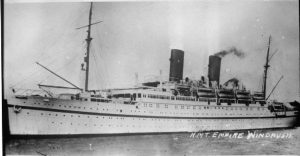
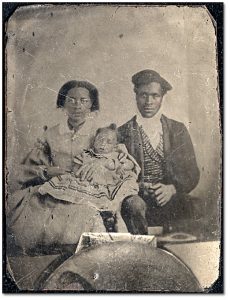
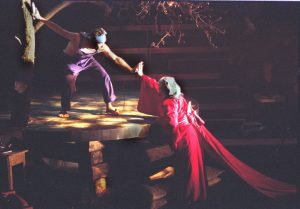
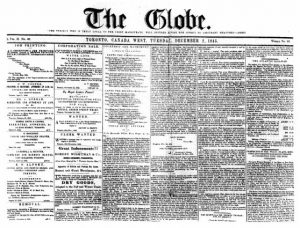


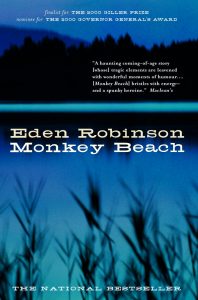
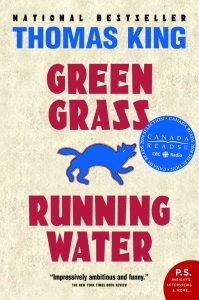

 ©
©